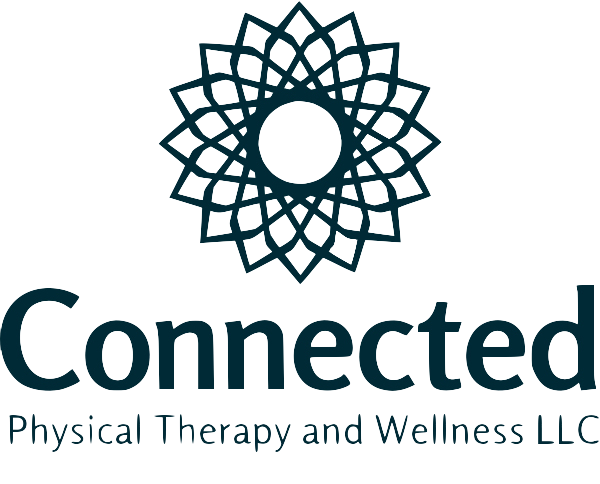Faster Wound Healing with Photobiomodulation
A client recently underwent ACL reconstruction with a patellar tendon graft after a soccer injury. It’s a pretty rough surgery, where they take a chunk of the tendon below the kneecap and use it to make a new ligament inside the knee. The incision site is long and deep, and, for a very active fellow in his 40s, healing was a daunting process.
He chose to add Photobiomodulation (PBM) with the NovoTHOR Light Pod to his rehab regimen. In a series of 9 sessions over 5 weeks, he received a therapeutic dose of red and near-infrared light to help heal his surgical wound. The results are shown in the pictures below.
The wound healing and scar remodeling are accelerated in comparison to the usual rate of healing without PBM. How did he heal so quickly? Why does PBM work so well? What is special about this particular technology in boosting the body’s natural healing process? To answer those questions, let’s take a look at what it takes to heal a wound.
When the body is trying to stitch together two broken ends of skin, it has to build a bridge between them. Bridge building involves making new cells and proteins, arranging and attaching everything together, delivering food and water to the area, and keeping infection at bay. In a healthy individual, the body handles this process seamlessly, thousands of times, during the bumps and scrapes of everyday life. When we’re looking at a surgical wound, the process is the same, but the bridge is longer and wider, requiring more of the body’s resources and a much longer construction time.
Let’s break down these tasks and see how PBM with NovoTHOR can help. (A brief bibliography of reference material is included at the end.)
1. Bridge Scaffolding: Making new cells and proteins & attaching them together
This process involves many, many different compounds to regulate tissue growth. PBM has been shown to increase the compounds in charge of promoting cell growth, inhibiting cell death, stabilizing the gel that holds cells together, and creating the structure that organizes cells into the right patterns.
PBM also increases fibroblast activity. These guys are the builder-cells that produce collagen and elastin, the magic proteins that give skin its strength and elasticity. PBM treatments yield increased numbers of pro-collagen, collagen, and elastin fibers in healing tissues.
2. Feeding the crew: delivering food and water
Bloodflow is critical to wound healing. It delivers the nutrients that are necessary for cell growth; it delivers the building blocks necessary for work to get done; and it delivers oxygen for cells to function. PBM treatments cause an increase in bloodflow to the skin and surrounding tissues to accomplish all of these tasks.
Additionally, PBM has been shown to promote the growth of new blood vessels (angiogenesis). This is particularly important in wound healing, because all that lovely new skin needs its own blood supply, too.
3. Managers and Security personnel: good inflammation and fighting infection
The inflammatory process is another complicated cascade of events in the body, and it is closely managed by hundreds of different compounds. Inflammation in an acute injury is really important, because it starts the healing mechanism and fights germs that cause infection. It’s also important that inflammation starts when it’s supposed to and stops when it’s supposed to.
PBM increases the number of compounds that manage the arc of inflammation, so the process starts and stops at the right time. It also helps boost the immune system, mobilizing cells that fight infection and allowing the body to shore up its defenses, so foreign organisms don’t interfere with the healing process.
With the appropriate scaffolding in place, surrounded by nutritional building blocks and free from infectious agents, the new skin has the best possible environment to grow and thrive. All of these steps together build a bridge for wound healing, and Photobiomodulation helps expedite the process. The NovoTHOR Light Pod excels at delivering the maximum therapeutic dose of light to promote accelerated wound healing.
Bibliography:
1. Barolet D, Christiaens F, Hamblin MR Infrared and Skin: Friend or Foe
Journal of Photochemistry and Photobiology B. 2016 Feb; 155: 78–85.
Published online 2015 Dec 21.
2. Lee JH1, Roh MR, Lee KH.
Effects of infrared radiation on skin photo-aging and pigmentation
Yonsei Medical Journal. 2006 Aug 31;47(4):485-90.
3.. Lee SY, Park KH, Choi JW, Kwon JK, Lee DR, Shin MS, Lee JS, You CE, Park MY.
A prospective, randomized, placebo-controlled, double-blinded, and split-face clinical study on LED phototherapy for skin rejuvenation: clinical, profilometric, histologic, ultrastructural, and biochemical evaluations and comparison of three different treatment settings.
Journal of Photochemistry and Photobiology B. 2007 Jul 27;88(1):51-67. Epub 2007 May 1.
4. Winter R, Dungel P, Reischies FMJ, Rohringer S, Slezak P, Smolle C, Spendel S, Kamolz LP, Ghaffari-Tabrizi-Wizsy N, Schicho K.
Photobiomodulation (PBM) promotes angiogenesis in-vitro and in chick embryo chorioallantoic membrane model.
Sciientific Reports. 2018 Nov 20;8(1):17080.
.



